Explainer: What is the strategic significance of Shahid Rajaee Port for Iran?
By Ivan Kesic
Shahid Rajaee Port, Iran's largest port and the main hub for the country’s international maritime trade, located in southern Hormozgan province, was rocked by a massive explosion on Saturday, resulting in nearly 700 casualties.
The cause of the explosion is not known and authorities have already initiated investigations.
Following the incident, all port operations were suspended as security and emergency teams worked to secure the area and to transfer the injured to various hospitals in the city.
The National Iranian Oil Refining and Distribution Company announced that the explosion was unrelated to refineries, fuel tanks, distribution centers, or oil pipelines associated with the company in the area, and confirmed that its facilities continued to operate without interruption.
Where is the port located?
Shahid Rajaee Port is situated on the northern shore of the Strait of Hormuz, a global chokepoint for 20 percent of the world’s oil trade, or in the narrower sense, on the Khuran (Clarence) Strait that separates the Iranian island of Qeshm from the mainland.
Administratively, it is part of Bandar Abbas County in Hormozgan Province, about eight kilometers west of the city limits of Bandar Abbas.
It is one of two cargo and five city ports, located between Shahid Bahonar Port to the east and the Iran Shipbuilding & Offshore Industries Complex to the west.
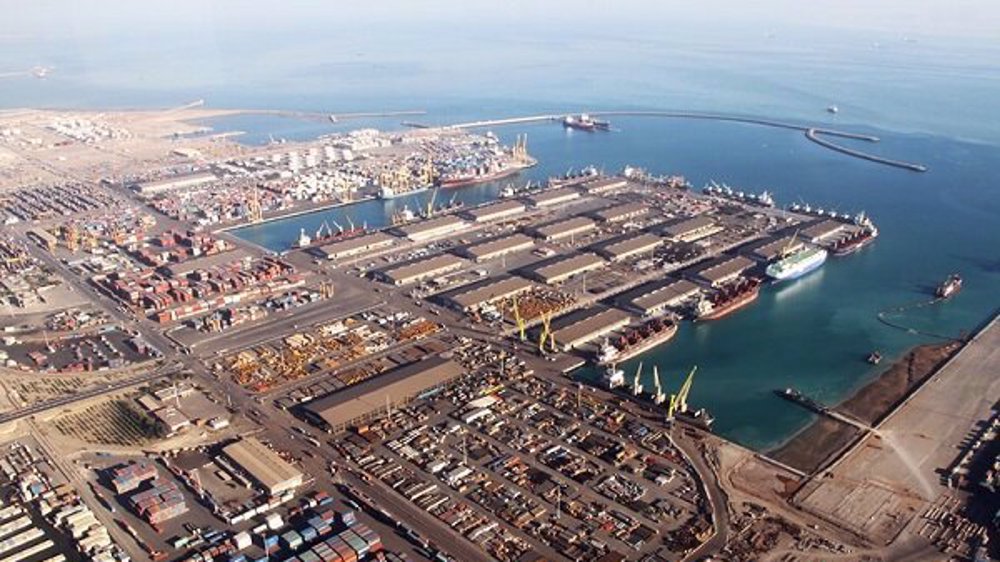
Hormozgan province has 32 active ports, including Shahid Bahonar, Jask, Lengeh, Tiab, Aftab, and Kish, which act as backups to Shahid Rajaee.
One of the two coastal branches of the national railway network connects it to the country's main industrial provinces, while the other leads to Khuzestan province in the north of the Persian Gulf.
Its geographical location at the closest point to the Strait of Hormuz and the entrance to the Persian Gulf is considered the most important import and export gateway of Iran due to its short distance from the main intercontinental shipping route.
The port also lies on the International North-South Transport Corridor (INSTC), connecting the Indian Ocean and Persian Gulf to the Caspian Sea, Russia, and Northern Europe.
This position facilitates trade and transit between Asia, Africa, and Europe, making it a vital hub for regional connectivity.
What constitutes port infrastructure?
Shahid Rajaee Port Complex was inaugurated in 1985, during the Imposed War when the large ports in the north of the Persian Gulf were the target of enemy attacks, and it has been expanded every year since then.
The port currently covers 4,800 hectares, half of which is in the expansion phase, providing the possibility of creating a port logistics city to expand and develop re-exports.
The port features 40 berths, including 10 container berths (2,500 meters total) with depths of 13–17 meters, capable of handling Panamax ships up to 18,400 TEUs and 185,000 DWT.
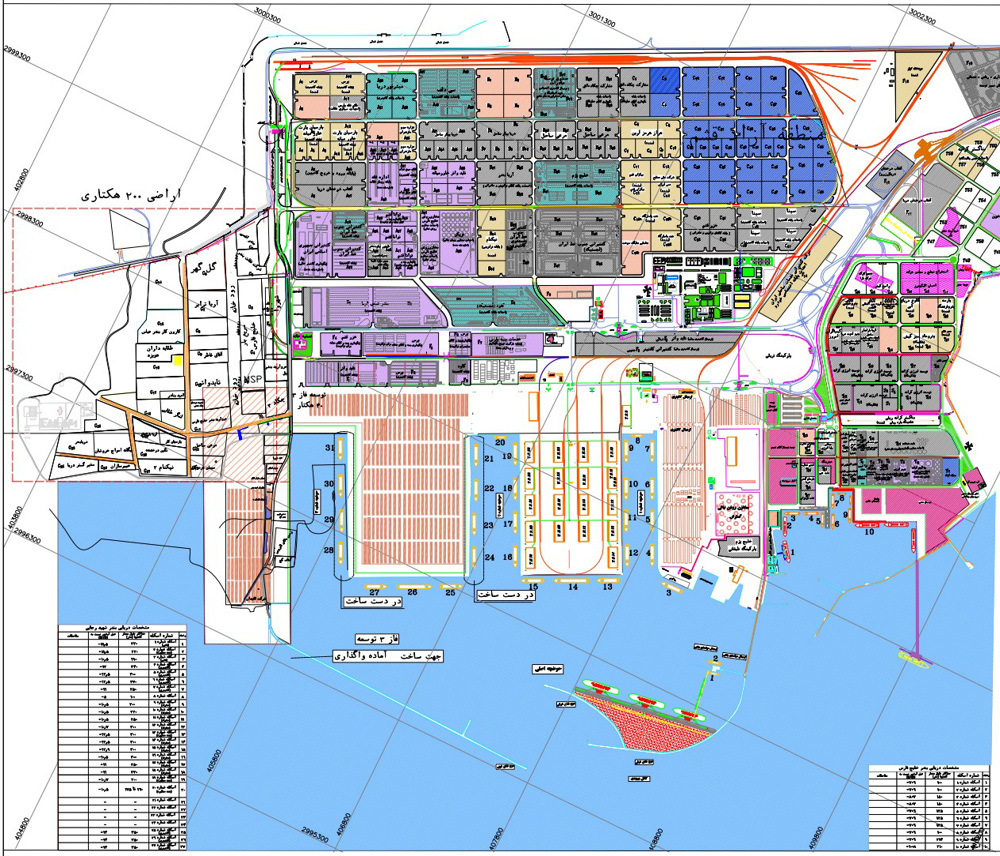
It has 23 active gantry cranes, 19 hectares of roofed warehouses, and 67 hectares of container yards. Phase 2, completed in 2010, added berths for seventh-generation container ships and oil export facilities.
Ongoing expansions, Phase 3, include 1,400 meters of new wharfs, 113 hectares of container area, and 4 million tons of dredging, aiming to increase capacity to 8.4 million TEUs.
This huge port complex, as a gateway for imports and exports and a regulator of the country's economic pulse, has in recent years begun a movement to become global and take a greater share of maritime transportation and international trade.
In order to stand at the top of the region's ports in the country's 20-year vision, programs have been implemented to develop and increase efficiency and encourage the private sector to invest in this port.
What is the port's share in Iran's traffic?
Shahid Rajaee Port is Iran's most critical maritime asset, handling 85–90% of container traffic, 55% of trade, and 70% of transit, making it the backbone of Iran’s maritime trade. It supports industries like steel, minerals, and petrochemicals.
It processes over 75 million tons of freight annually, including 49 million tons of non-oil goods and 26 million tons of oil products (Iranian calendar year of 2023–2024).
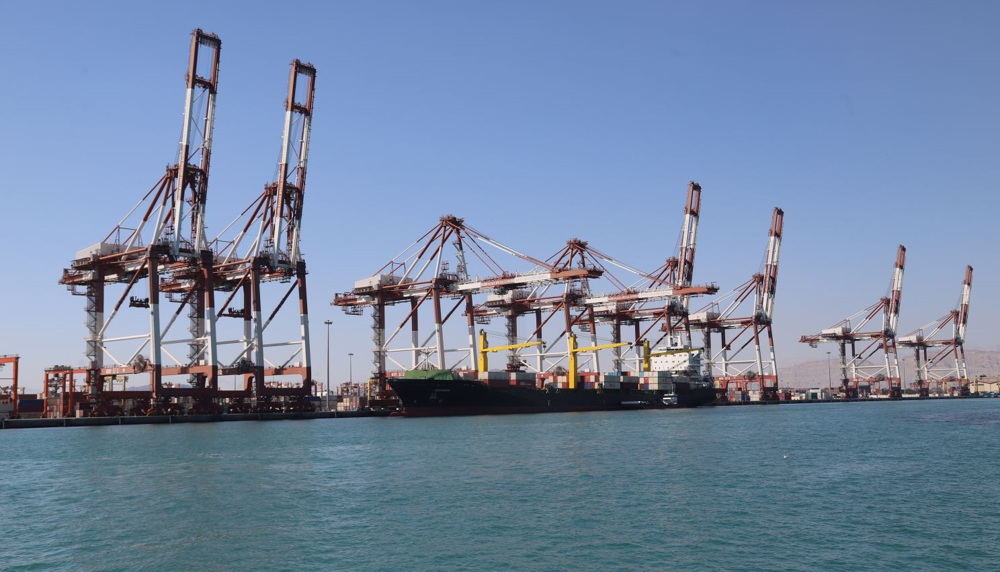
Freight transit rose 89% from 2023 to 2024, with 5.9 million tons of non-oil and 218,164 tons of oil freight, positioning Iran as a transit bridge between Asia and Europe.
In the past decade, the port ranked 44th among the world’s 3,500 major ports, with a capacity of 100 million tons annually, including 6.3–8.4 million TEUs of containers post-development phases.
Shahid Rajaee Port furthermore handles 26 million tons of oil freight annually, with dedicated berths for oil and petrochemical products.
A 1.2 million cubic meter oil bunker and plans for a mechanized mineral terminal (50 million tons capacity) strengthen its role in energy exports.
Phase 2 development includes a bunkering terminal for fuel supply, enhancing Iran's maritime logistics and oil trade.
Its connections to 80 major international ports and 21 shipping lines underscore its global integration. Shahid Rajaee's subsidiary ports include Qeshm Port and Kish Port on the namesake islands.
The port is also a Special Economic Zone (SEZ), offering tax incentives and streamlined customs, which boosts exports, re-exports, and value-added services.
OIC chief pledges support for Iran, hails Tehran's role in Islamic solidarity
BBC to fight $10bn Trump lawsuit over Panorama speech edit
Israeli prison chief warns of escalation as Palestinians suffer in detention
Iranian-made electric buses begin service in Tehran
Iran reaffirms determination to defend legal nuclear rights
Israeli forces kill Palestinian teen in West Bank for ‘throwing stones’
VIDEO | Press TV's news headlines
VIDEO | Documented executions: Israeli forces kill with impunity as West Bank crosses new red line


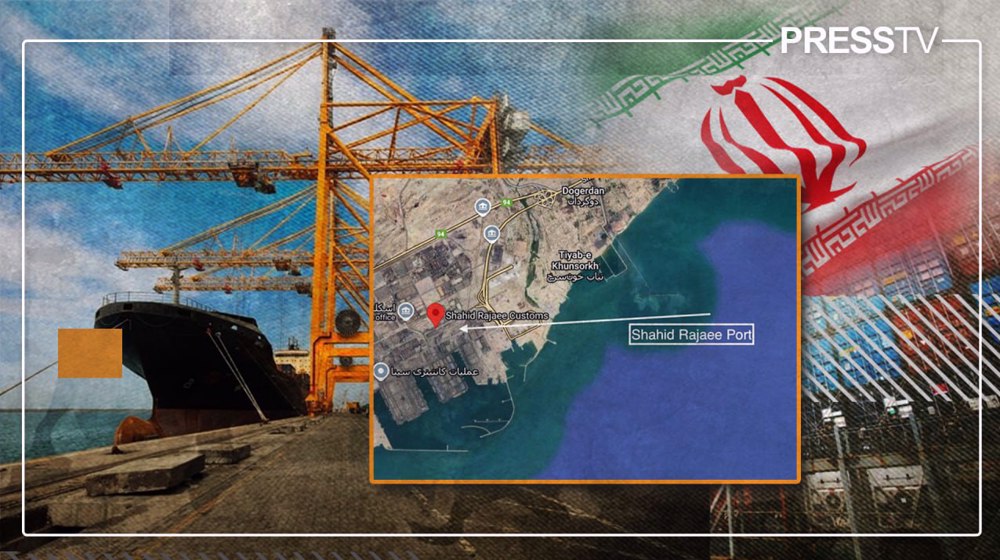
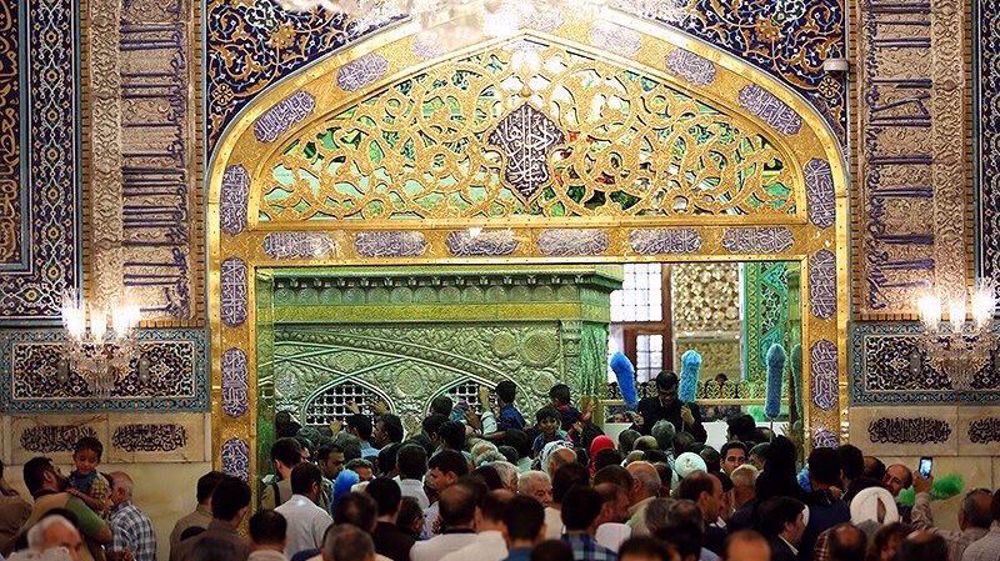
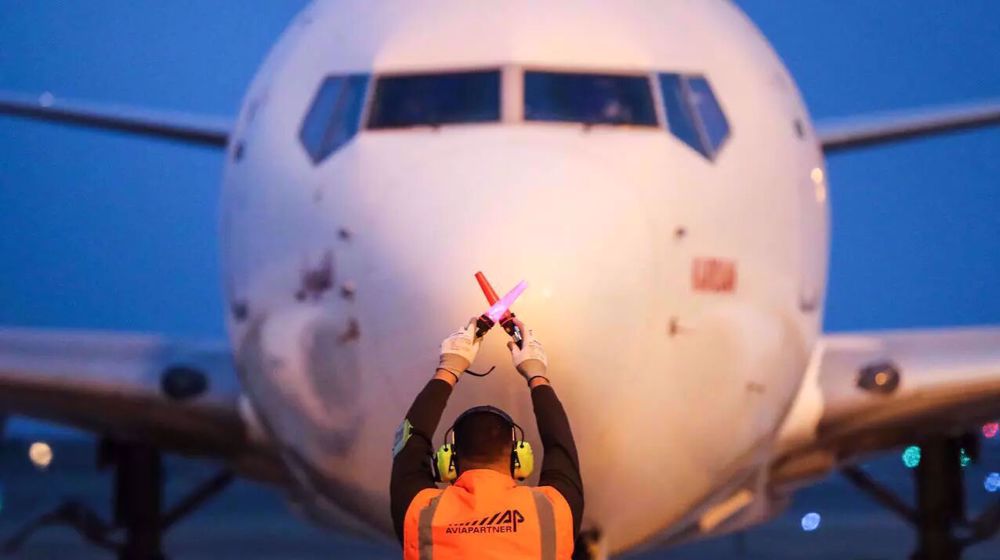
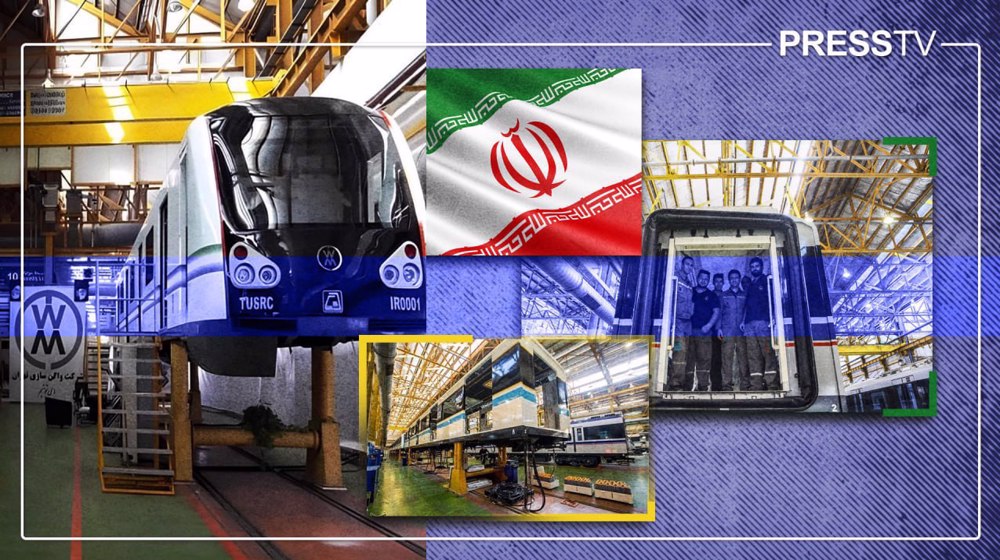



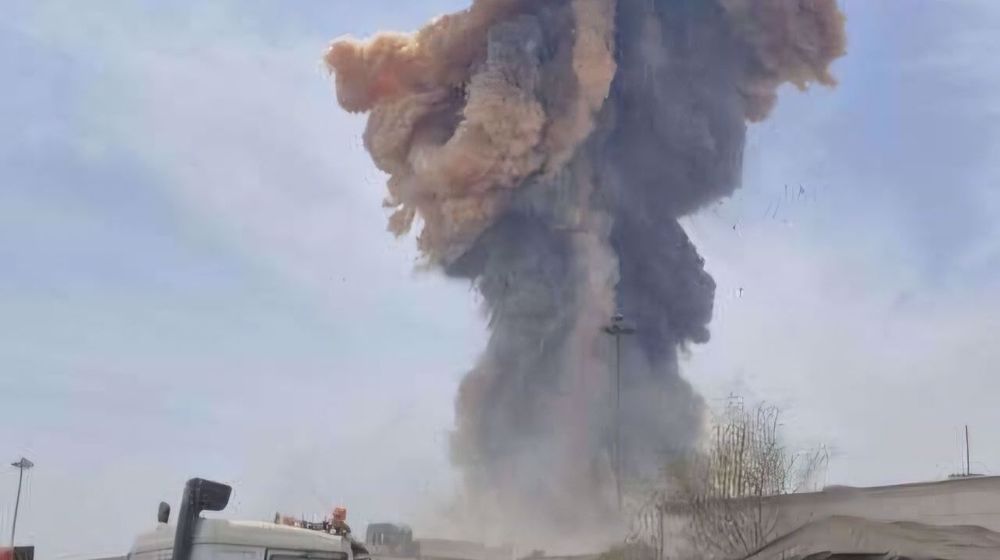
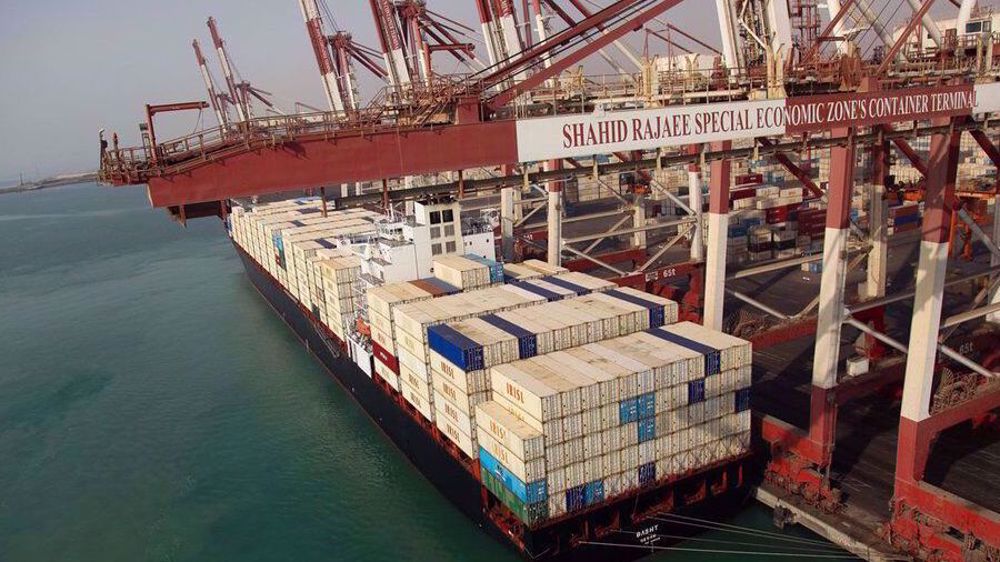


 This makes it easy to access the Press TV website
This makes it easy to access the Press TV website